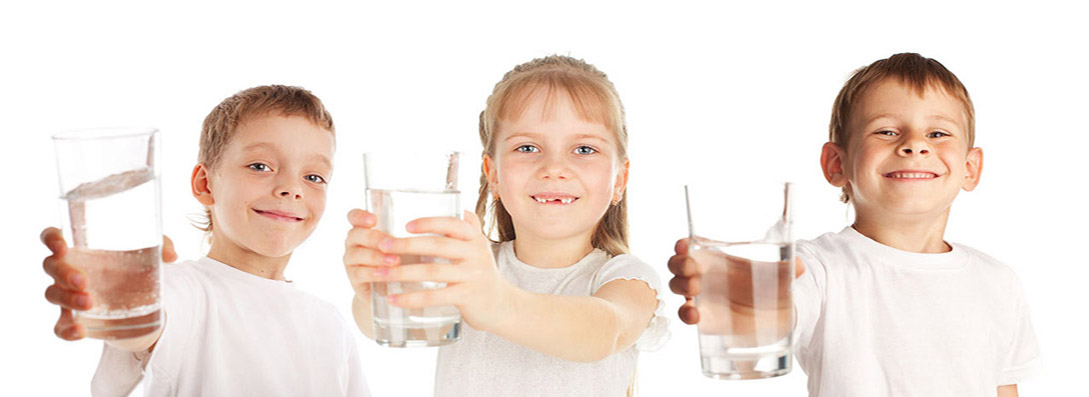Is seawater capable of being chlorinated?
Only 3% of the water on Earth is fresh, despite its vast surface. This is appropriate for many industries because there are various uses for seawater. Coolant is one of the most widely used uses. The problem lies in the fact that improper chemical dosing can cause a host of problems related to algae in saltwater. Chlorination treatments are often used to rid the water of undesirable organisms while dealing with algae and other marine life growth. One common solution to this issue is to chlorinate seawater.
For offshore and marine biofouling control applications, the preferred option is to select a seawater electrolytic chlorine generation system. Acid-free concentric tube electrodes (CTE) are used in our system, and they are linked in series both electrically and hydraulically. Electrolysis is a typical method of producing sodium hypochlorite solution by combining two common raw materials: electricity and water. The requirement for the purchase, processing, and storage of hazardous chemicals on-site is eliminated by this tried-and-true method. Tube sheet electrolysis can be avoided, and hydrochloric acid consumption in offshore conditions can be avoided. The trouble and anxiety associated with storing hydrochloric acid and pickling tanks.
Process Description
For offshore and marine biofouling control applications, the preferred option is to select a seawater electrolytic chlorine generation system. Acid-free concentric tube electrodes (CTE) are used in our system, and they are linked in series both electrically and hydraulically. Electrolysis is a typical method of producing sodium hypochlorite solution by combining two common raw materials: electricity and water. The requirement for the purchase, processing, and storage of hazardous chemicals on-site is eliminated by this tried-and-true method. Tube sheet electrolysis can be avoided, and hydrochloric acid consumption in offshore conditions can be avoided. The trouble and anxiety associated with storing hydrochloric acid and pickling tanks.
Process Description
Seawater pump⇒disk filter⇒electrolyzer⇒sodium hypochlorite storage tank⇒metering dosing pump
The main reaction process of electrolysis in the electrolytic chlorine production sodium hypochlorite generator can be expressed by the following formula:
NaCl+ H2O = NaClO + H2↑
Electrode reaction: Anode: 2Cl--2e- → Cl 2 Cathode: 2 H2O +2 e- → H2 + OH-
Solution reaction: 2NaOH + Cl 2 → NaCl + NaClO + H2O
Feature:
1. Avoid pickling. Concentric tube electrolyzers don't need pickling to function, making them ideal for offshore industrial applications.
2. A very hostile atmosphere. The frame is made with unique craftsmanship. Because they are constructed of 316L stainless steel, the electrical junction box and control cabinet are resistant to prolonged exposure to wind and sunlight. incredibly hostile conditions like rain and salt spray corrosion
3. Explosion-proof. The entire equipment set can be categorized based on the corresponding hazardous area level. The appropriate electrical, motor, control, power distribution, and explosion-proof processing are carried out during the rectification process to accommodate the installation and application of various hazardous area levels.
4. Compact design. The company uses an integrated skid-mounted design for its entire offshore electrolytic seawater chlorine manufacturing equipment. The apparatus can fulfill the necessary electrolysis process requirements and is compactly arranged.
Feature:
1. Avoid pickling. Concentric tube electrolyzers don't need pickling to function, making them ideal for offshore industrial applications.
2. A very hostile atmosphere. The frame is made with unique craftsmanship. Because they are constructed of 316L stainless steel, the electrical junction box and control cabinet are resistant to prolonged exposure to wind and sunlight. incredibly hostile conditions like rain and salt spray corrosion
3. Explosion-proof. The entire equipment set can be categorized based on the corresponding hazardous area level. The appropriate electrical, motor, control, power distribution, and explosion-proof processing are carried out during the rectification process to accommodate the installation and application of various hazardous area levels.
4. Compact design. The company uses an integrated skid-mounted design for its entire offshore electrolytic seawater chlorine manufacturing equipment. The apparatus can fulfill the necessary electrolysis process requirements and is compactly arranged.
Application
Contact Us

Name: Diana
E-mail: [email protected]
Skype: +86-15-22-27-71-011
WeChat: +8615222771011
Whatsapp: +8615222771011
Add: Office N.420D-C1 Tower Ajman,UAE









 Skype Chat
Skype Chat WhatsApp
WhatsApp  Mail inquiry
Mail inquiry
